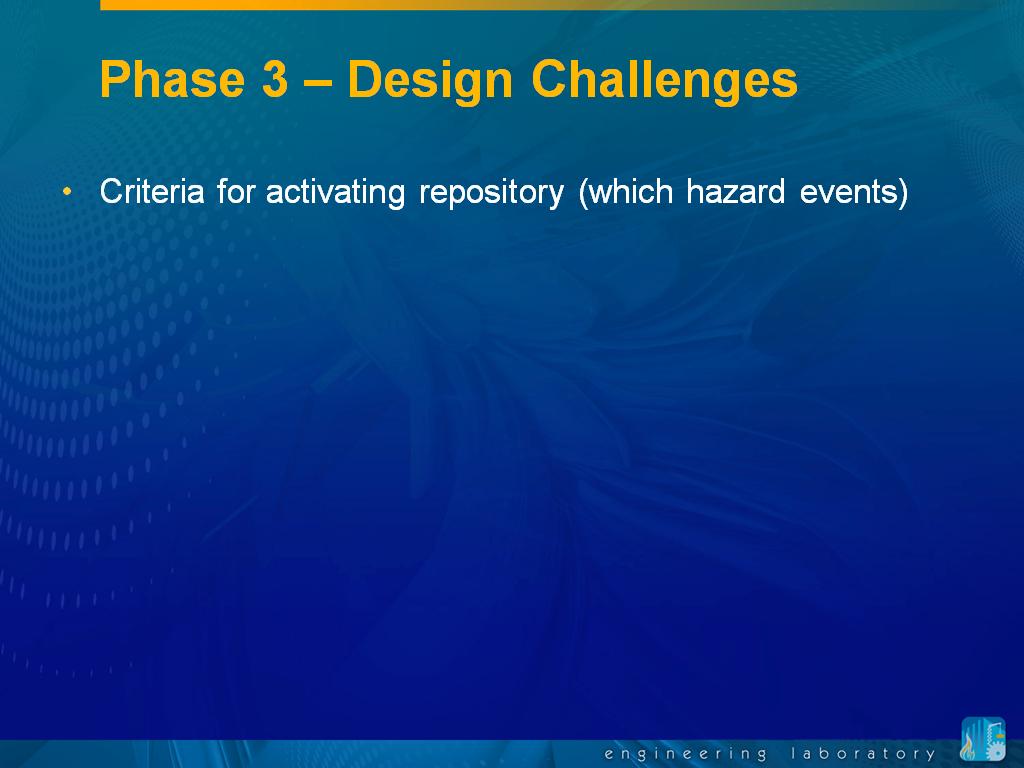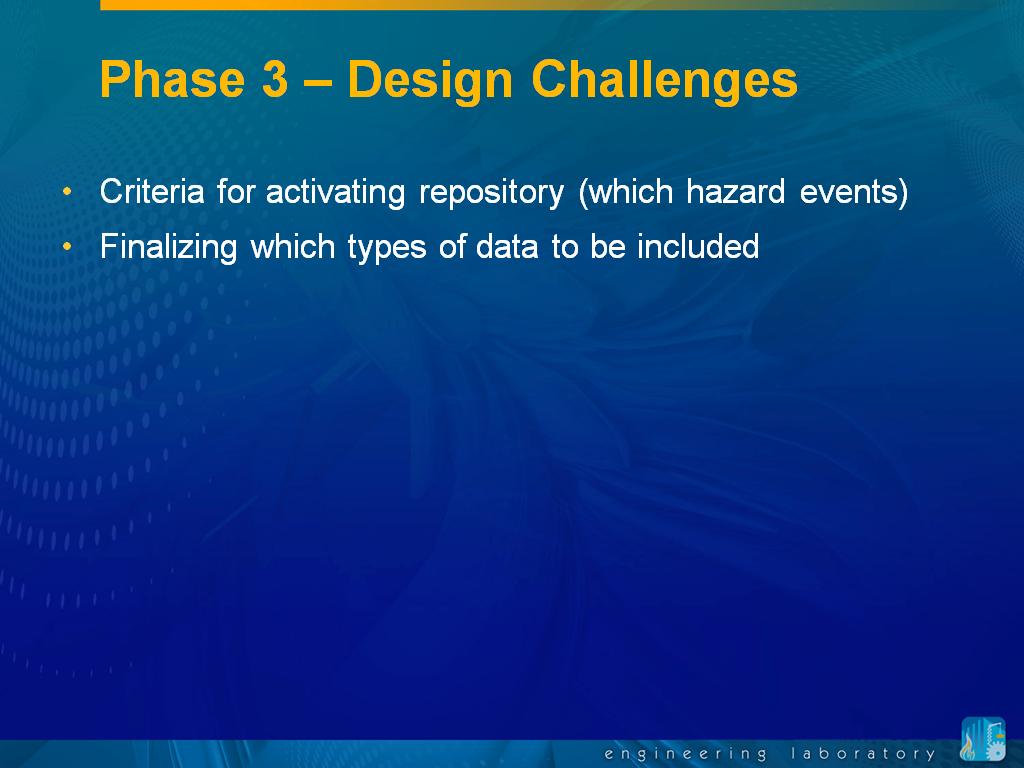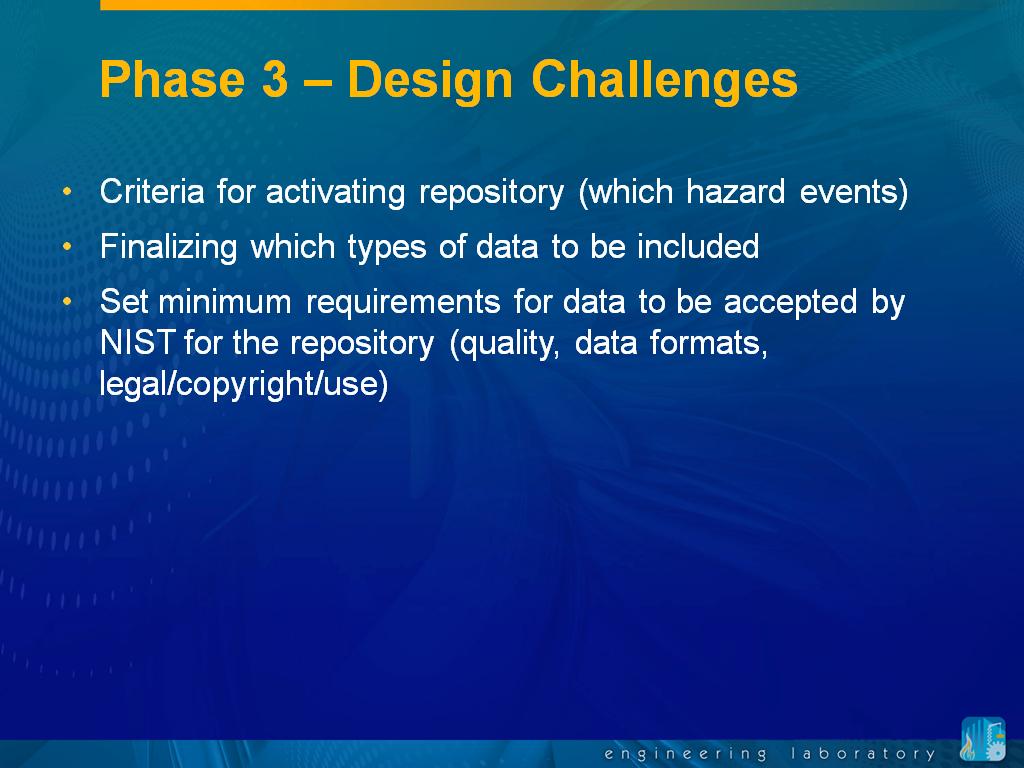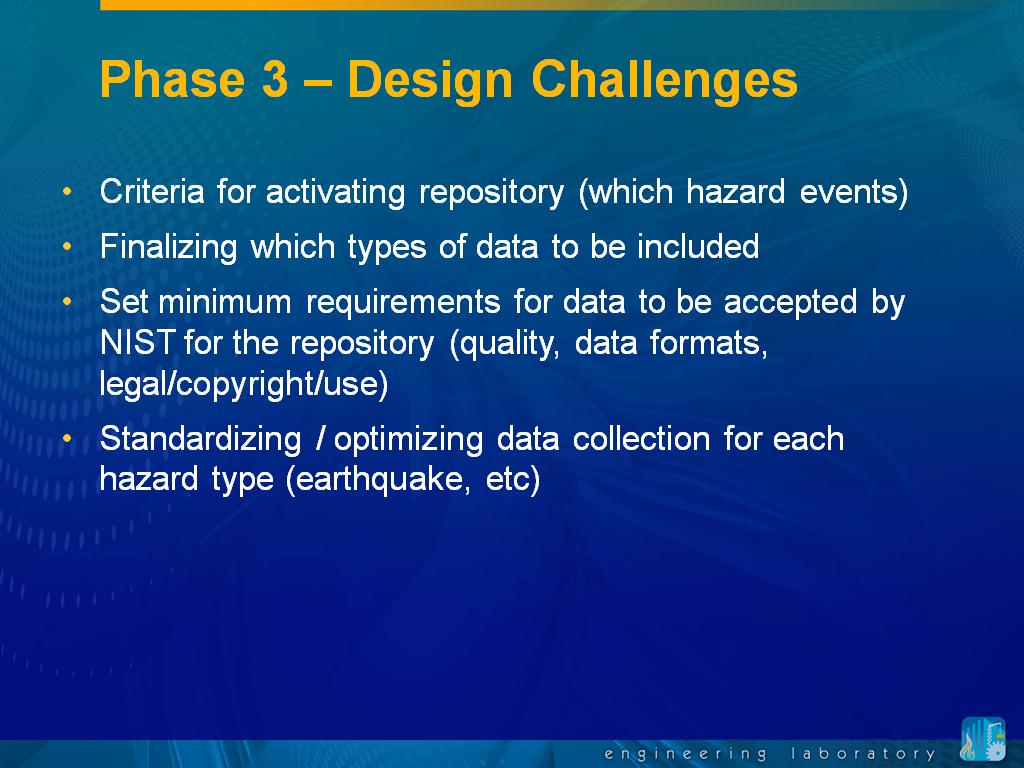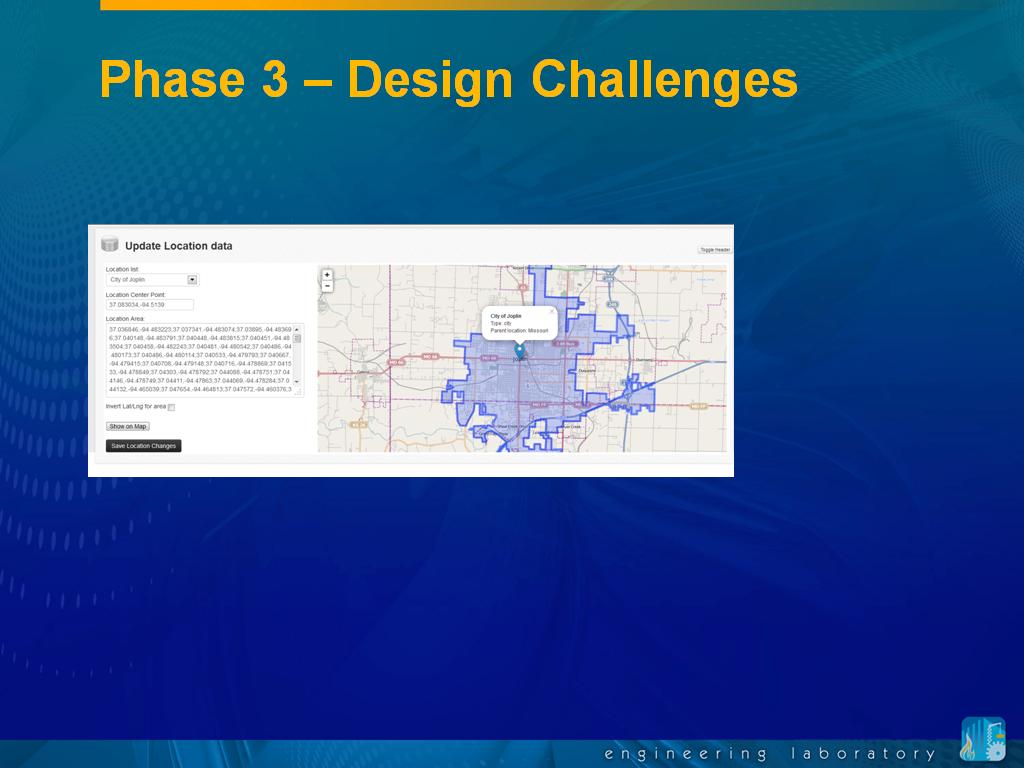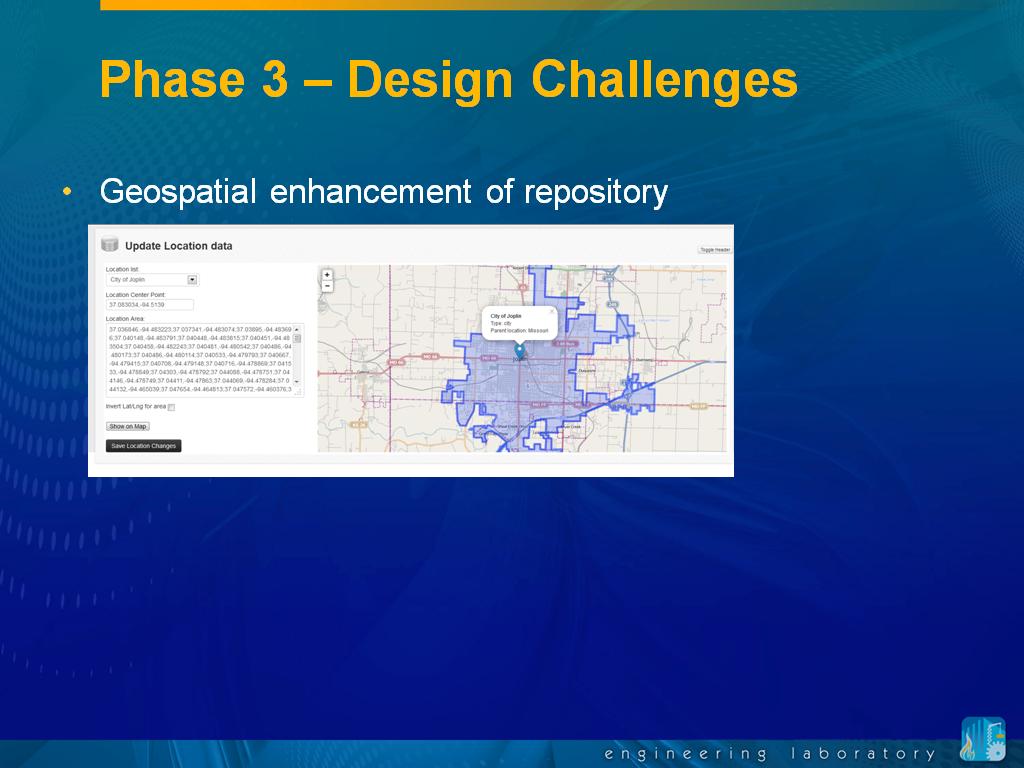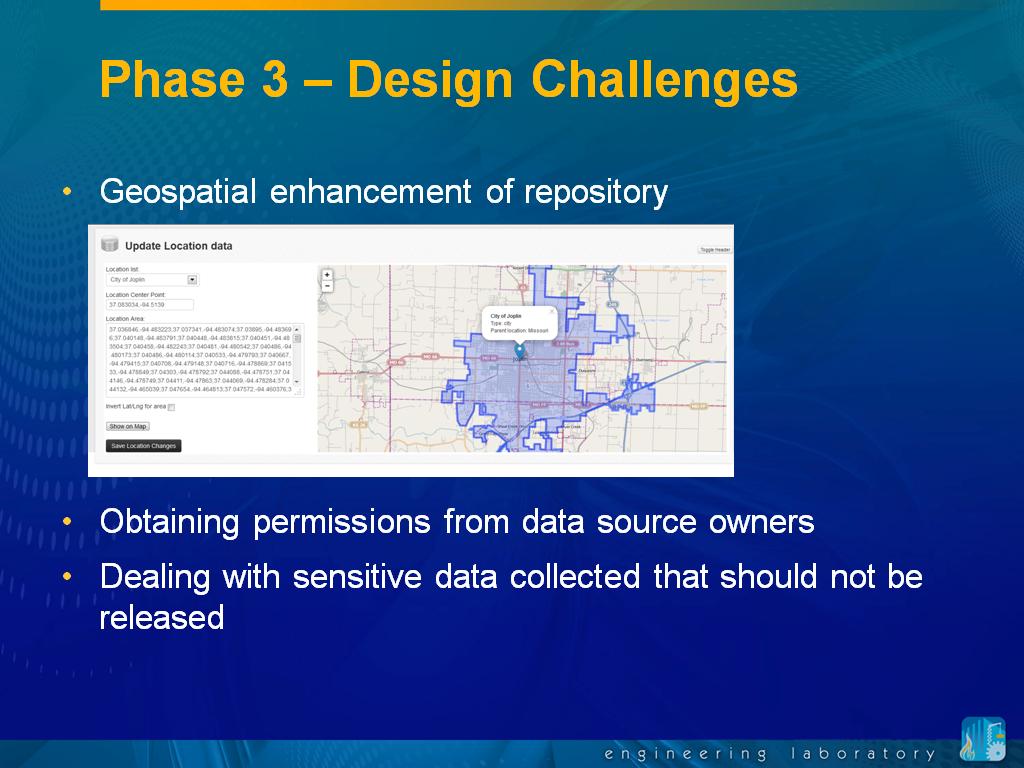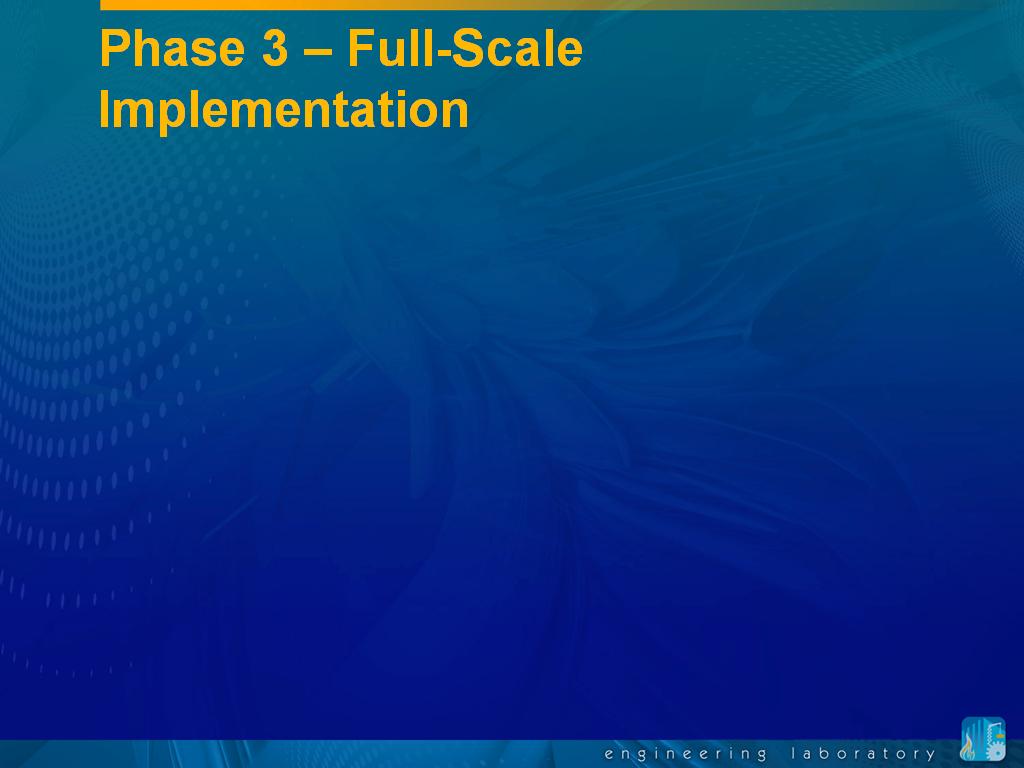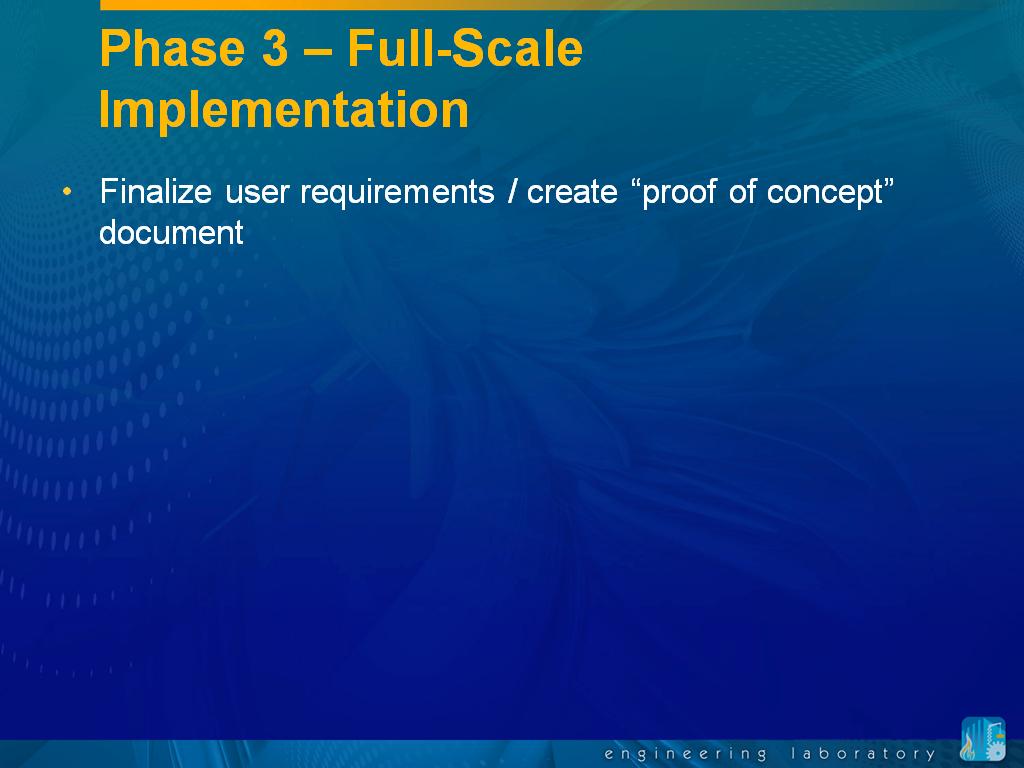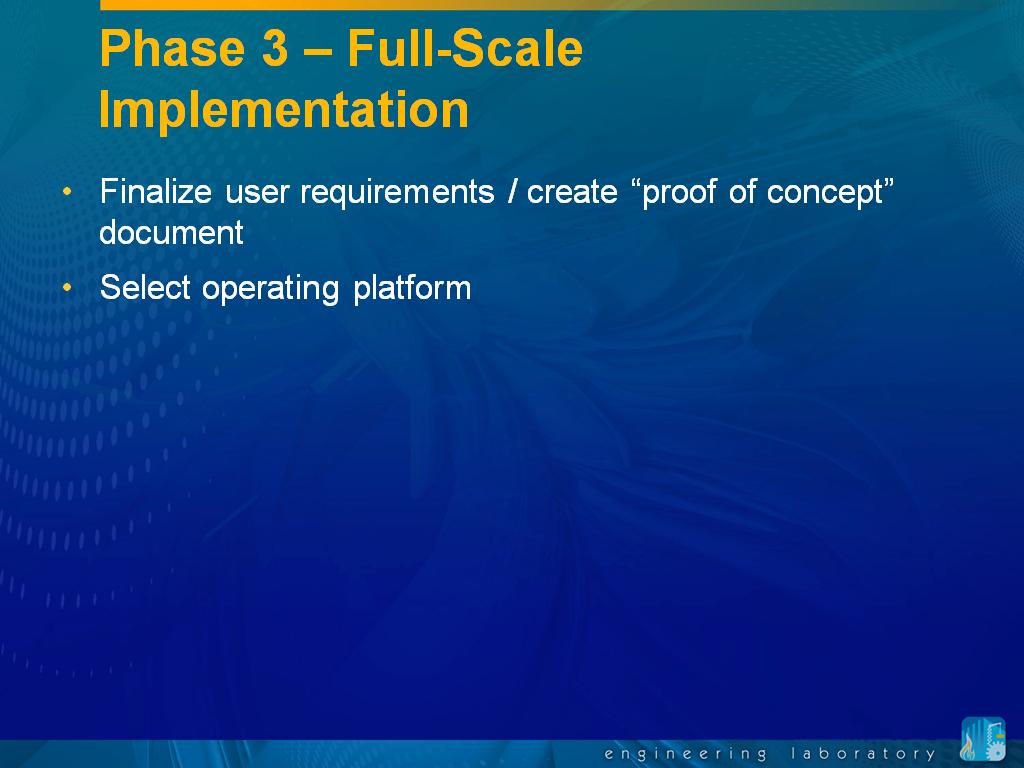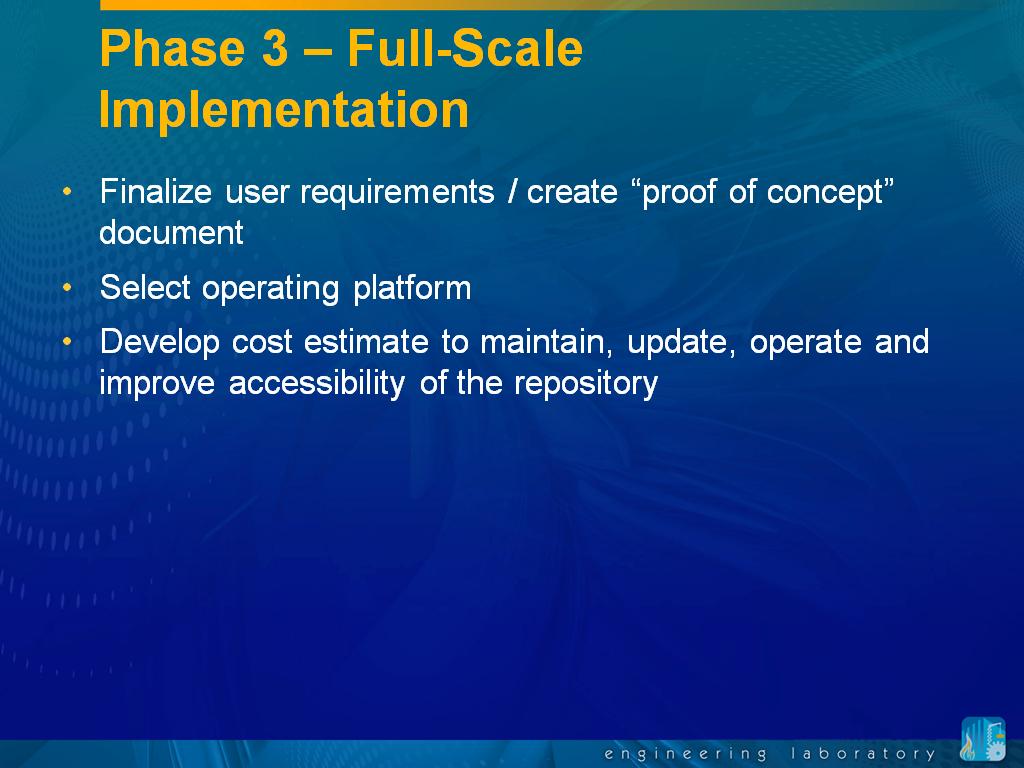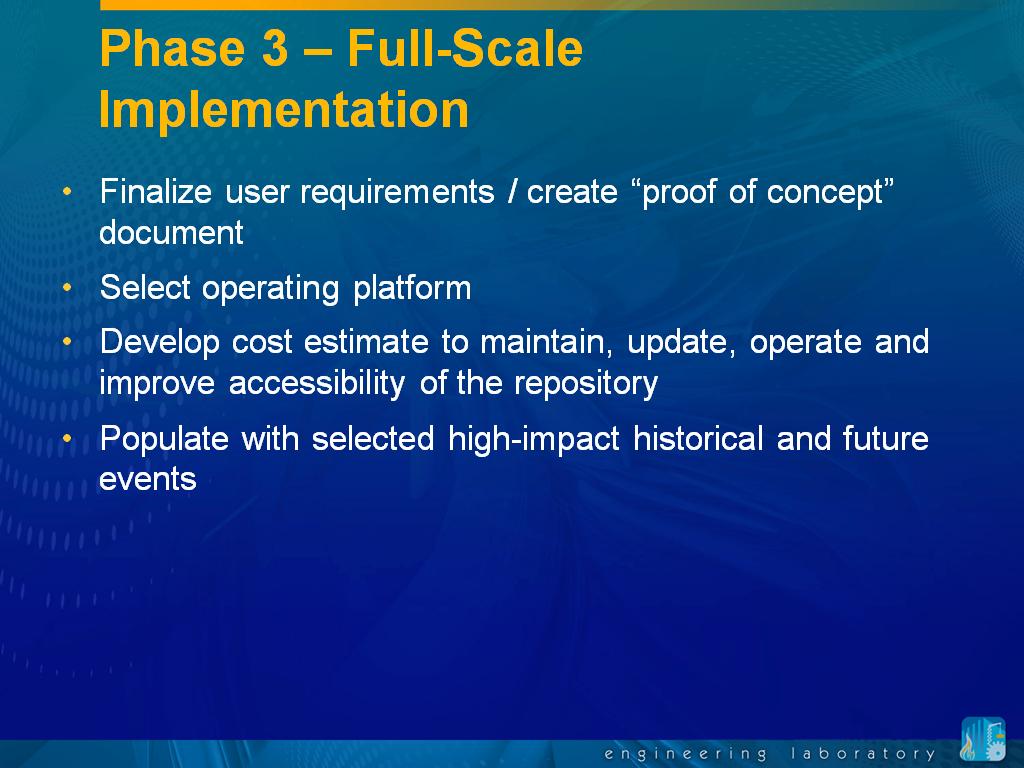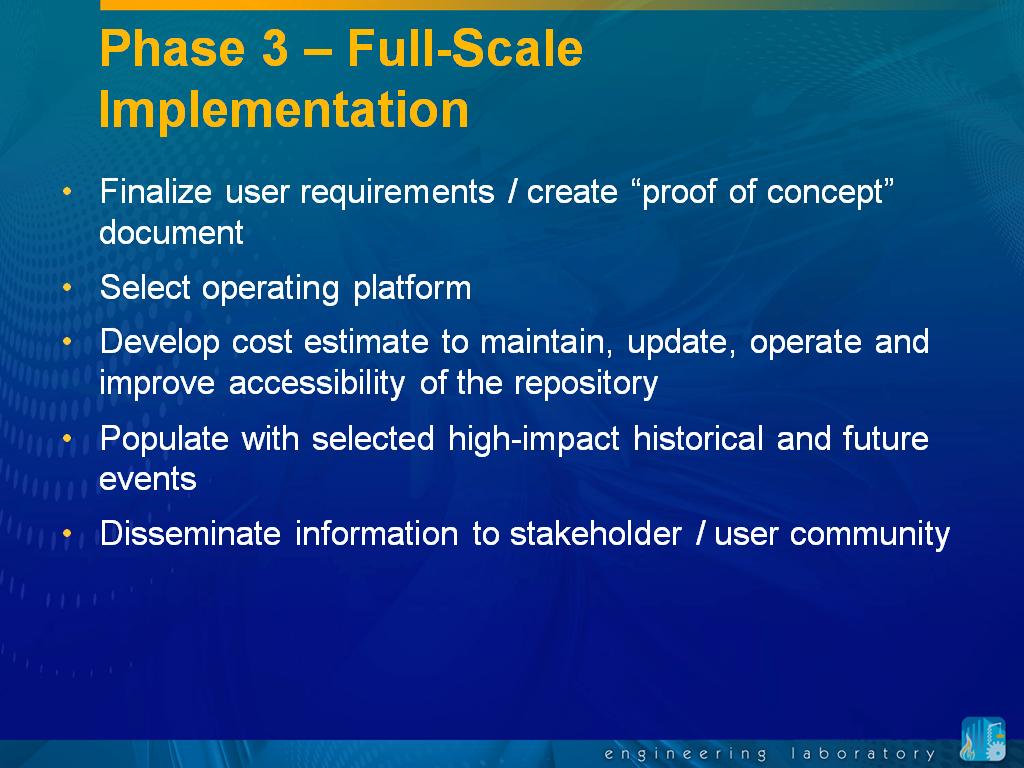Using the HUB to Study Disaster Events
Category
Published on
Abstract
NIST is creating a Disaster and Failure Events Data Repository which will host a national archival database of significant hazard events, the observed performance of the built environment during those events, associated emergency response and evacuation procedures where appropriate, and the technical, social, and economic factors that affect pre-disaster mitigation activities and post-disaster response efforts. The repository will help ensure that valuable data are organized and maintained to enable study, analysis, and comparison with subsequent severe disaster events. This data repository effort will support the development of standards and new technologies for efficient and effective collection of data on disaster and failure events. It will also be used to positively impact building codes, standards, and construction practices to reduce the impact of natural and manmade hazards. The presentation will (1) focus on data collected, organized and displayed on the NIST Hub for two pilot events (Chile earthquake in 2010 and the Joplin tornado in 2011) and (2) outline some of the upcoming challenges bringing the repository fully online for future events.
Bio
Eric Letvin is the Director of the Disaster and Failure Studies Program at the National Institute for Standards and Technology's Engineering Laboratory. He provides national coordination for conducting field data collection studies. He is also responsible for creating and maintaining a repository related to hazard events (earthquakes, hurricanes, tornadoes, windstorms, community-scale fires in the wildland-urban interface, structural fires, storm surge, flood, tsunami) and human-made hazards (accidental, criminal, or terrorist), the performance of the built environment during hazard events, associated emergency response and evacuation procedures.
Eric has experience in infrastructure risk assessments, post-disaster forensic analysis, hazard / threat identification, vulnerability assessments and the design of protective measures for man-made threats and natural hazards. He has participated in numerous post-disaster studies including the bombing of the Murrah Building in Oklahoma City, Hurricanes Opal, Ike and Katrina. Mr. Letvin holds a bachelor's and master's degree in environmental engineering from Syracuse University and received his Juris Doctor from the University of Maryland.
-------
Dr. Santiago Pujol is as an Associate Professor of Civil Engineering in the structures group at Purdue University. His research interests include earthquake engineering, seismic vulnerability of existing structures, performance-based methodologies, instrumentation and testing of structures, response of structures to impulsive loads, structural-health monitoring, and repair and strengthening of structures. Dr. Pujol works with NEEScomm, ITAP, and NIST in the development of databases for information on the effects of earthquakes and other hazards on the built environment.
Cite this work
Researchers should cite this work as follows:
Submitter
Nikki Huang
Purdue University
Tags
-
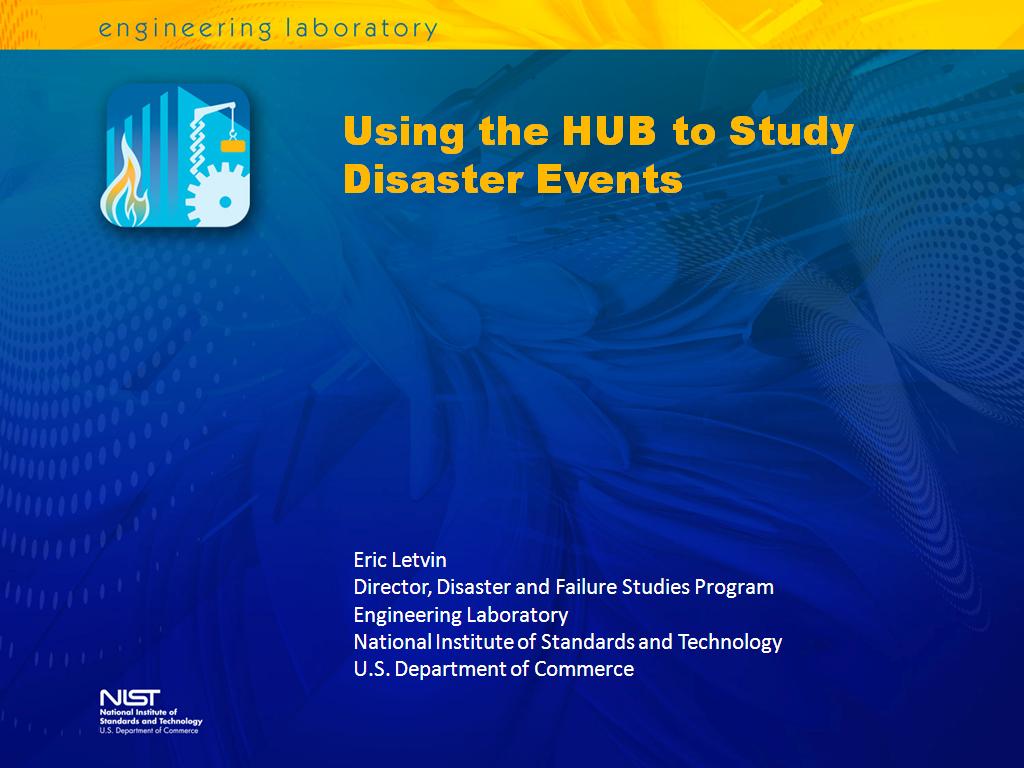 1. Using the HUB to Study Disaste…
0
00:00/00:00
1. Using the HUB to Study Disaste…
0
00:00/00:00 -
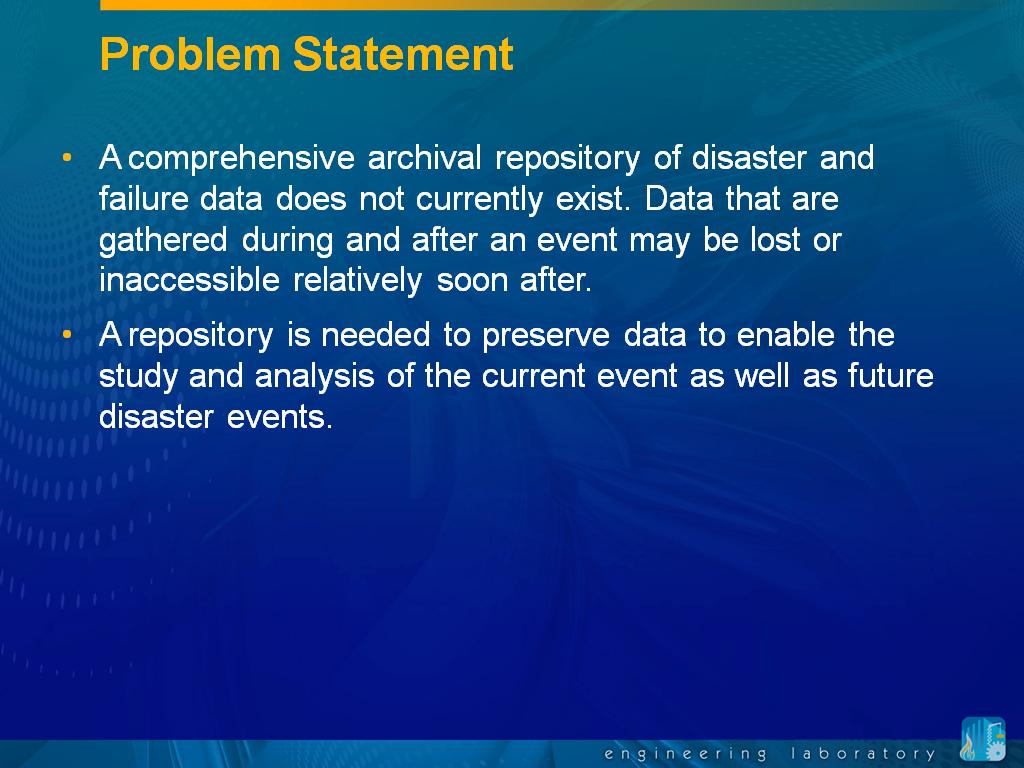 2. Problem Statement
65.69903236569904
00:00/00:00
2. Problem Statement
65.69903236569904
00:00/00:00 -
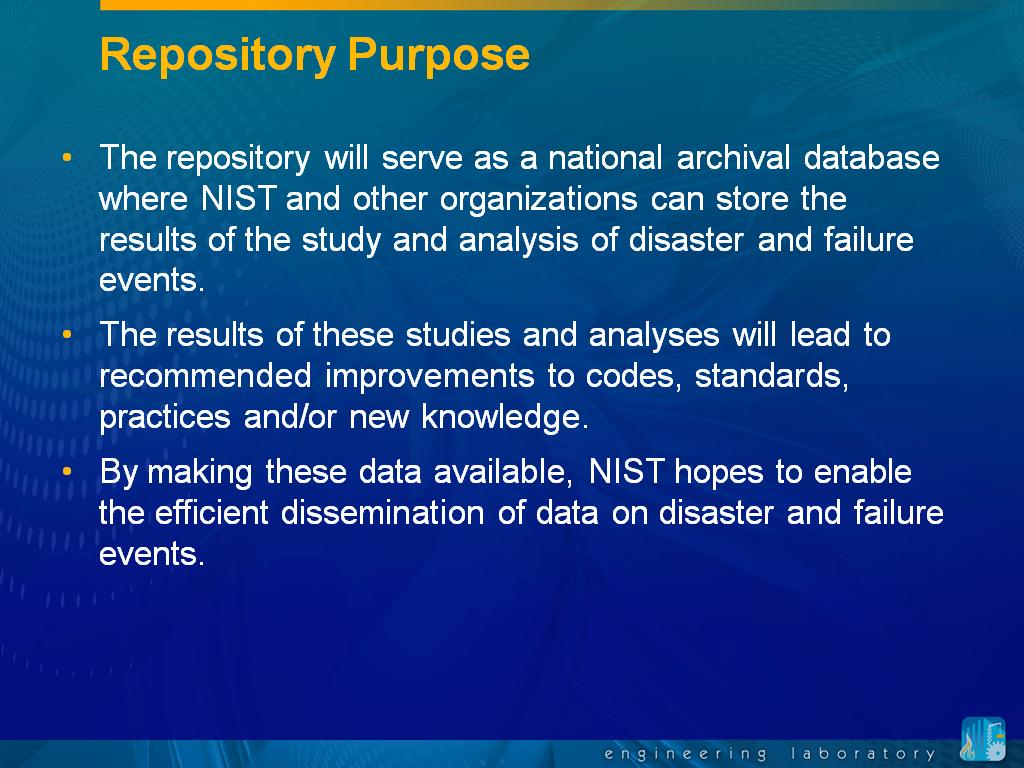 3. Repository Purpose
115.04838171504839
00:00/00:00
3. Repository Purpose
115.04838171504839
00:00/00:00 -
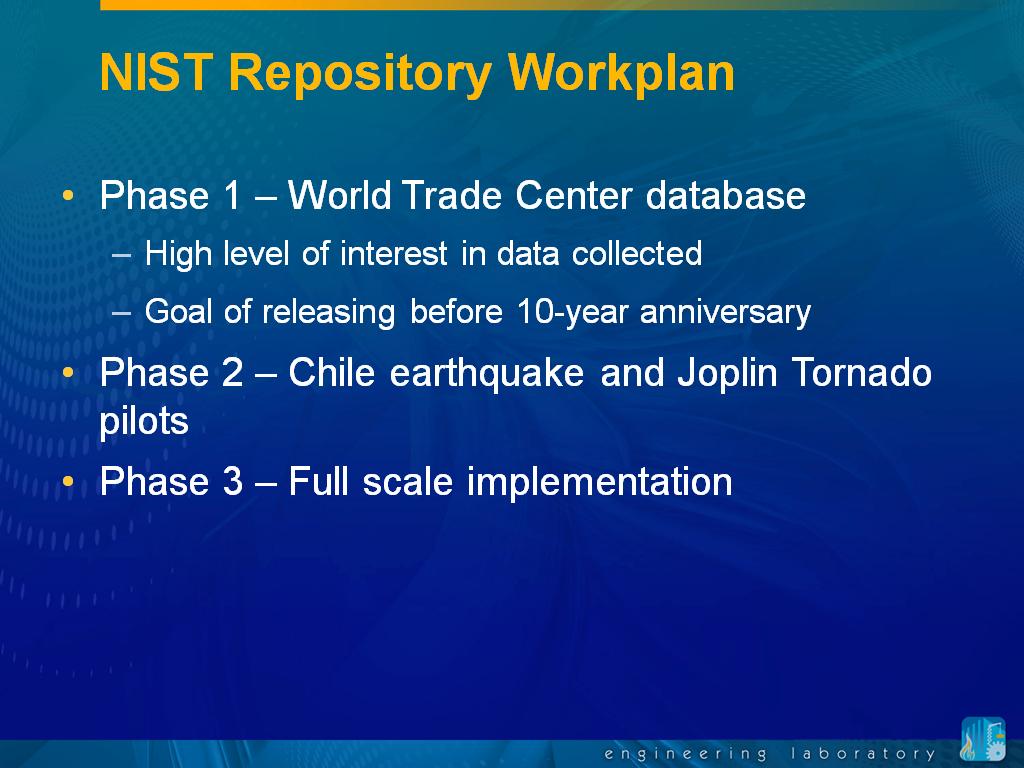 4. NIST Repository Workplan
207.47414080747416
00:00/00:00
4. NIST Repository Workplan
207.47414080747416
00:00/00:00 -
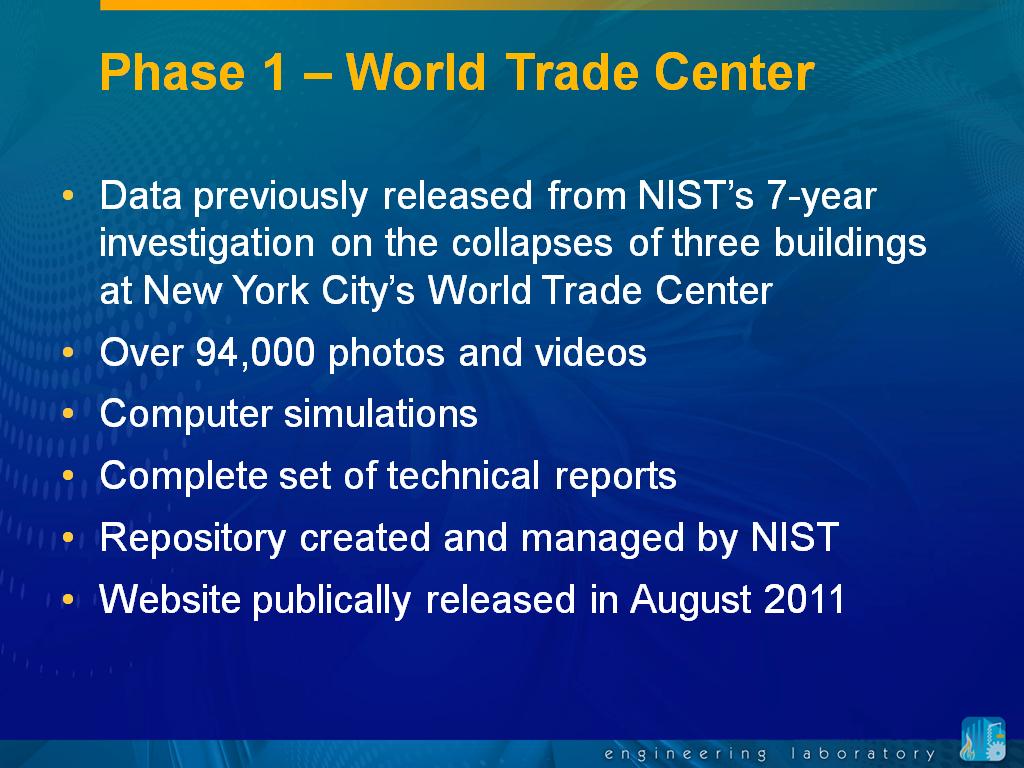 5. Phase 1 – World Trade Center
284.2842842842843
00:00/00:00
5. Phase 1 – World Trade Center
284.2842842842843
00:00/00:00 -
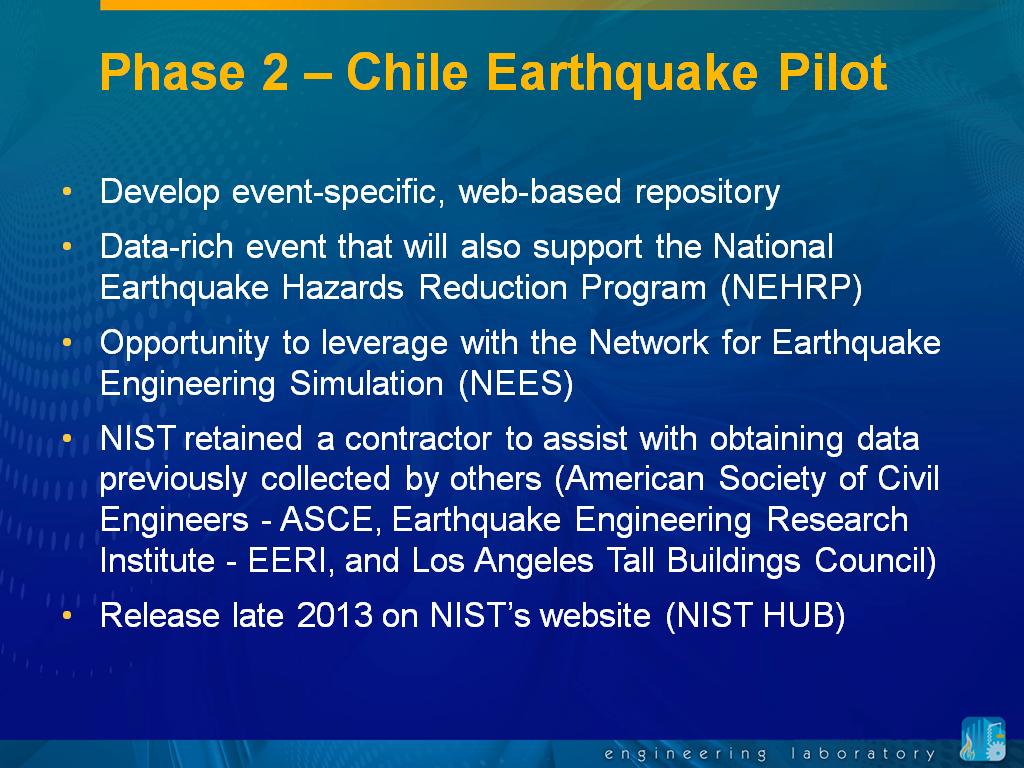 6. Phase 2 – Chile Earthquake P…
330.39706373039706
00:00/00:00
6. Phase 2 – Chile Earthquake P…
330.39706373039706
00:00/00:00 -
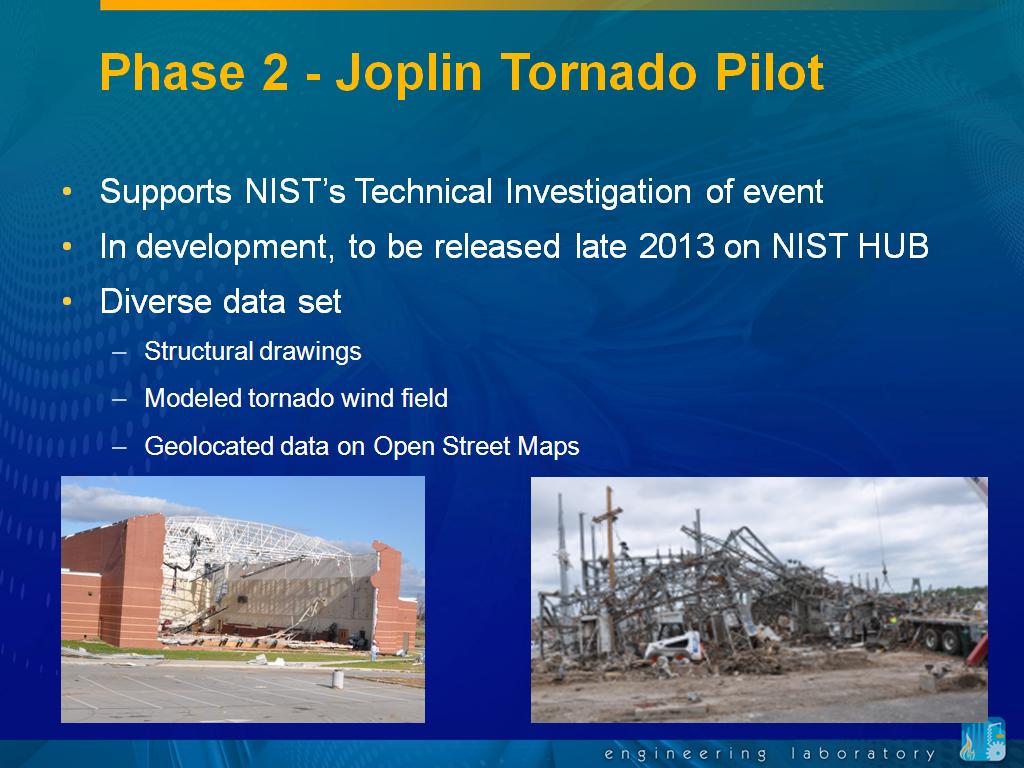 7. Phase 2 - Joplin Tornado Pilot
403.90390390390394
00:00/00:00
7. Phase 2 - Joplin Tornado Pilot
403.90390390390394
00:00/00:00 -
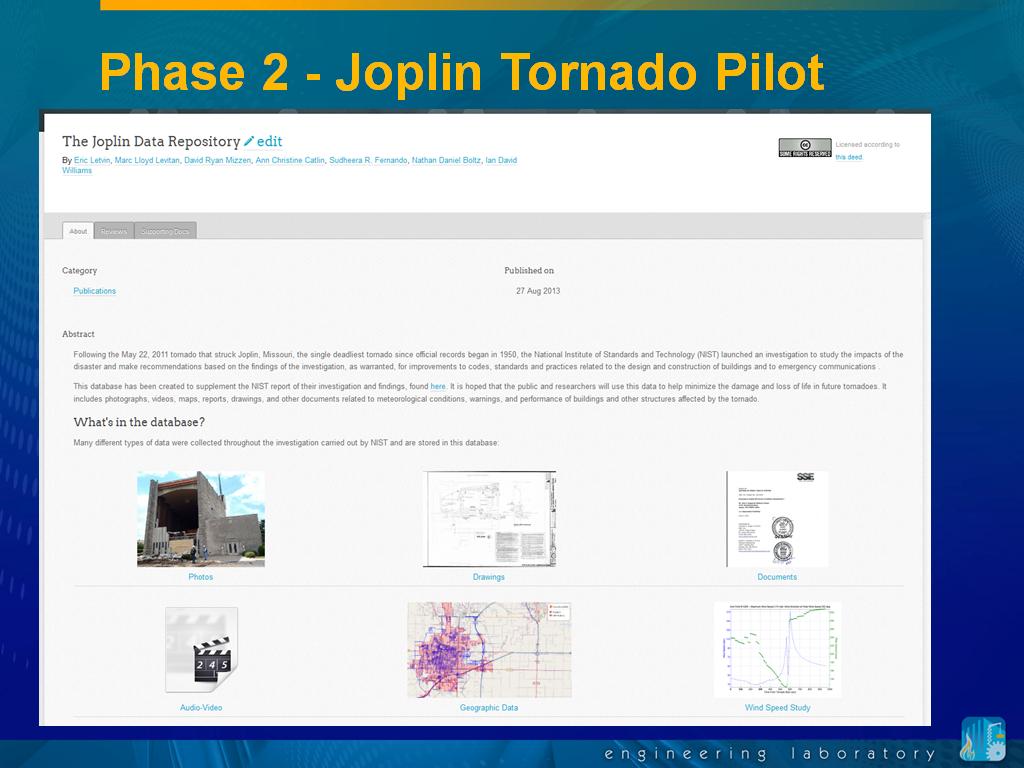 8. Phase 2 - Joplin Tornado Pilot
486.31965298631968
00:00/00:00
8. Phase 2 - Joplin Tornado Pilot
486.31965298631968
00:00/00:00 -
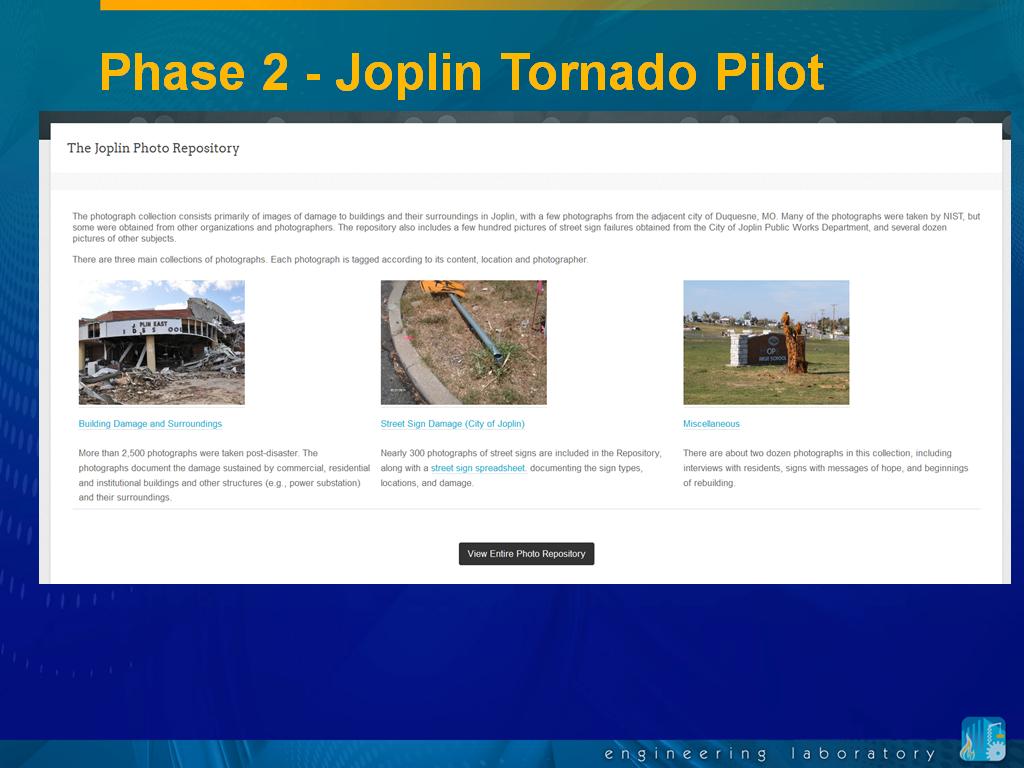 9. Phase 2 - Joplin Tornado Pilot
517.78445111778444
00:00/00:00
9. Phase 2 - Joplin Tornado Pilot
517.78445111778444
00:00/00:00 -
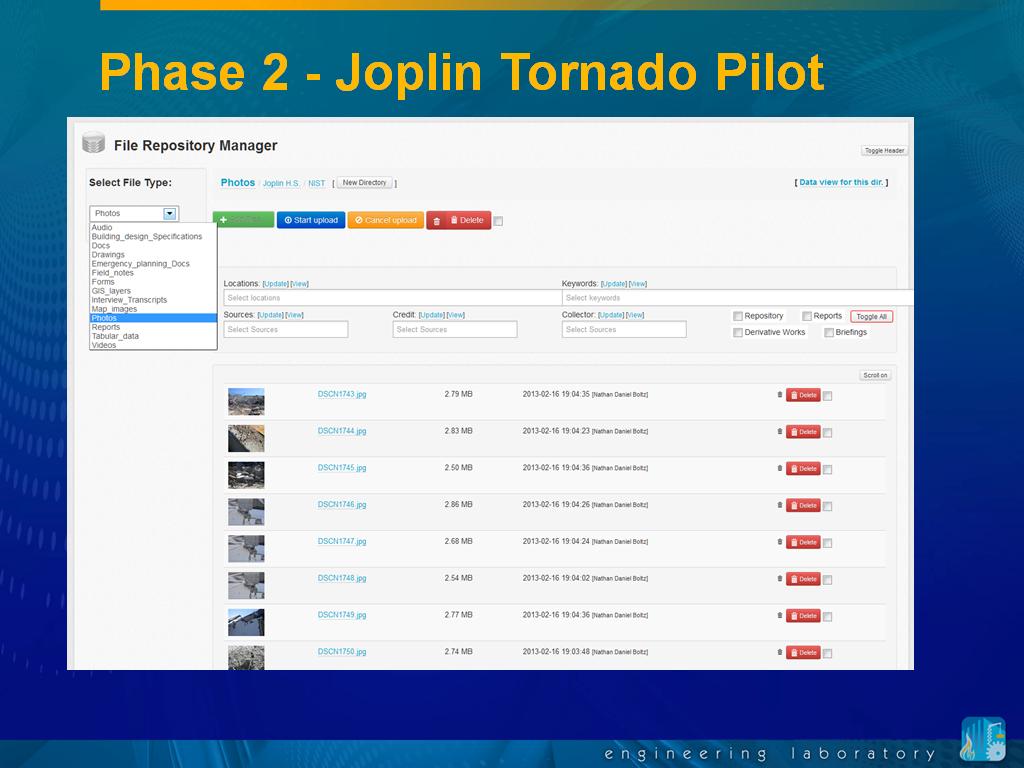 10. Phase 2 - Joplin Tornado Pilot
554.02068735402065
00:00/00:00
10. Phase 2 - Joplin Tornado Pilot
554.02068735402065
00:00/00:00 -
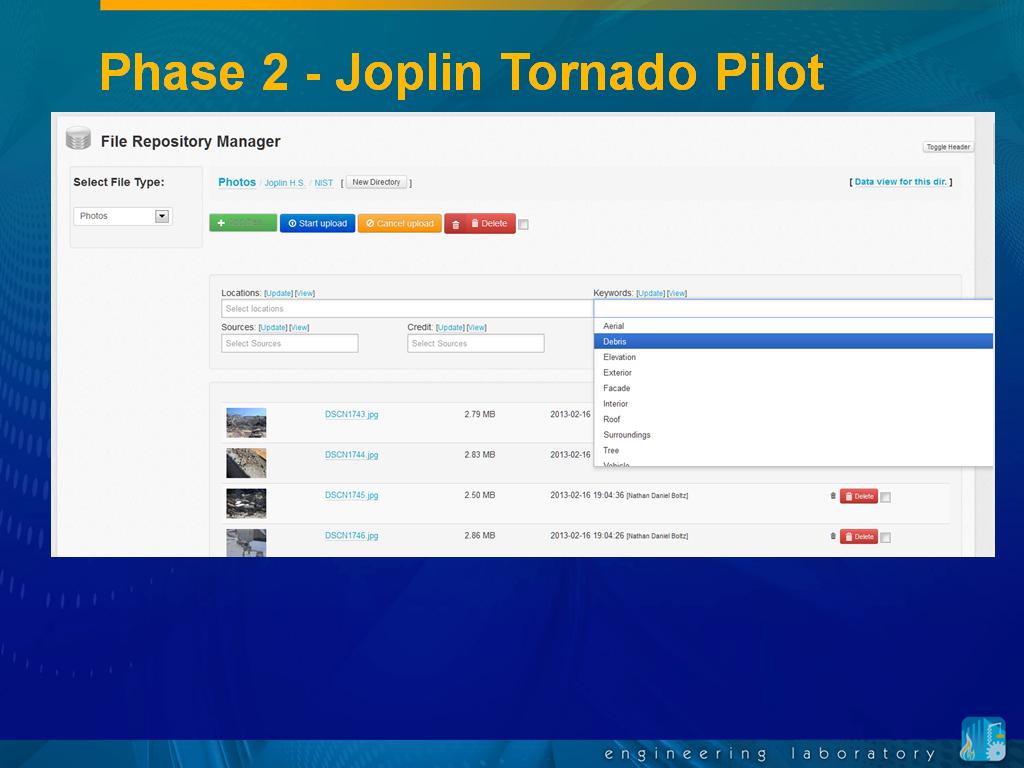 11. Phase 2 - Joplin Tornado Pilot
609.70970970970973
00:00/00:00
11. Phase 2 - Joplin Tornado Pilot
609.70970970970973
00:00/00:00 -
 12. Phase 2 - Joplin Tornado Pilot
626.76009342676014
00:00/00:00
12. Phase 2 - Joplin Tornado Pilot
626.76009342676014
00:00/00:00 -
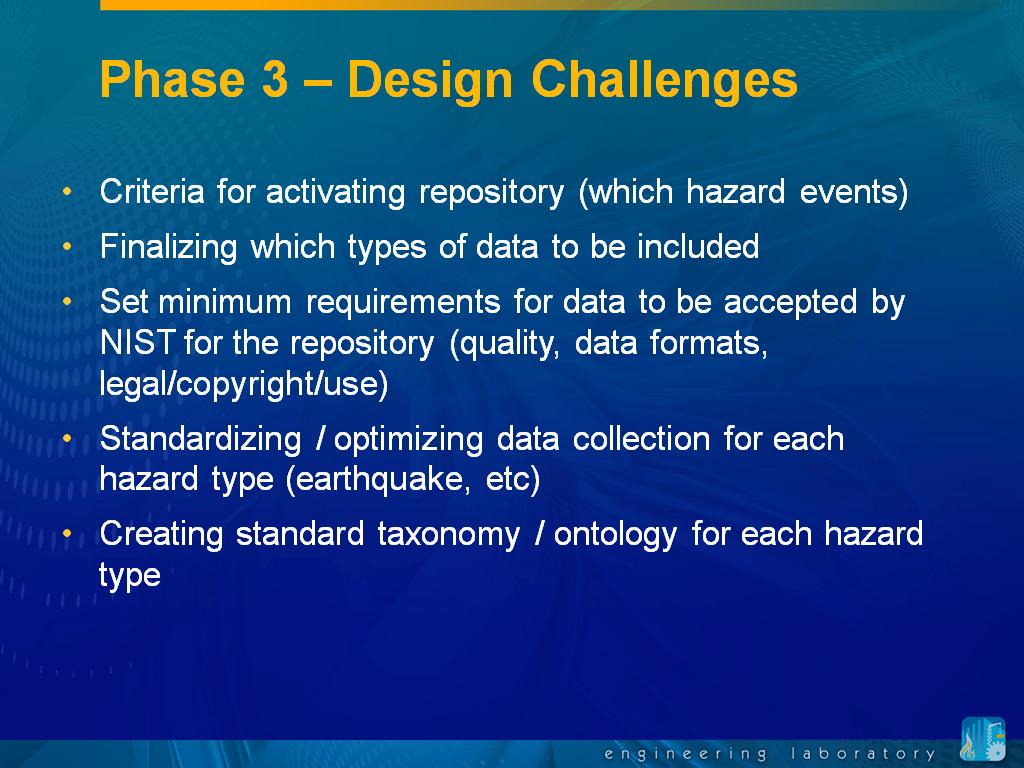 13. Phase 3 – Design Challenges
634.20086753420094
00:00/00:00
13. Phase 3 – Design Challenges
634.20086753420094
00:00/00:00 -
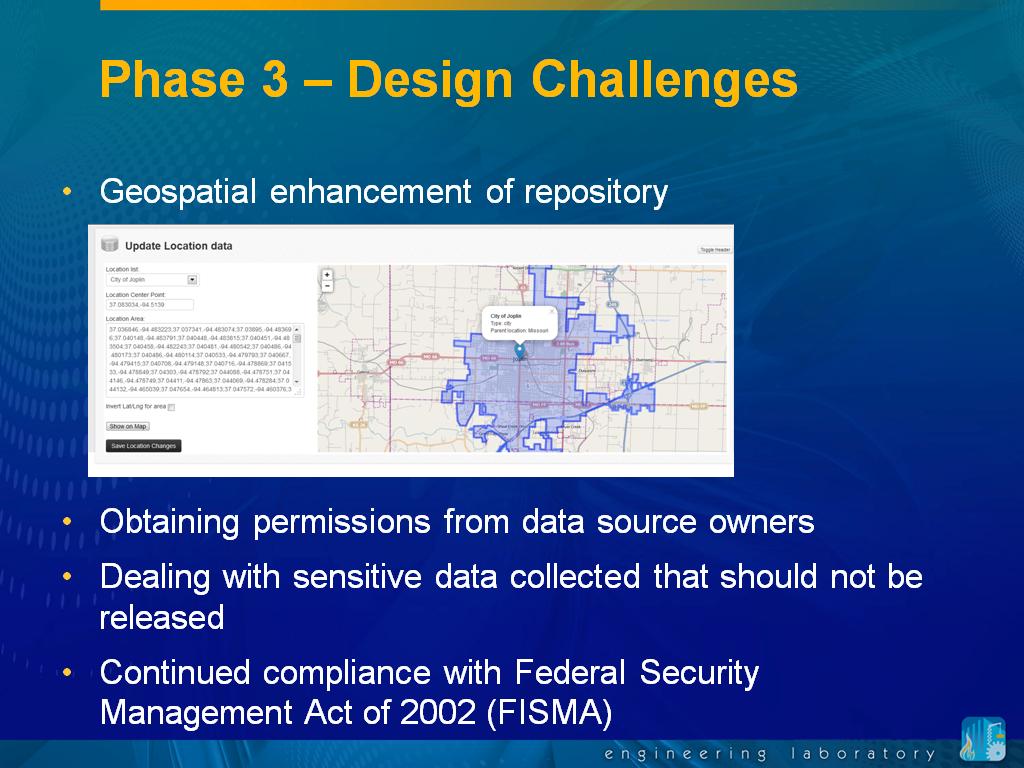 14. Phase 3 – Design Challenges
751.61828495161831
00:00/00:00
14. Phase 3 – Design Challenges
751.61828495161831
00:00/00:00 -
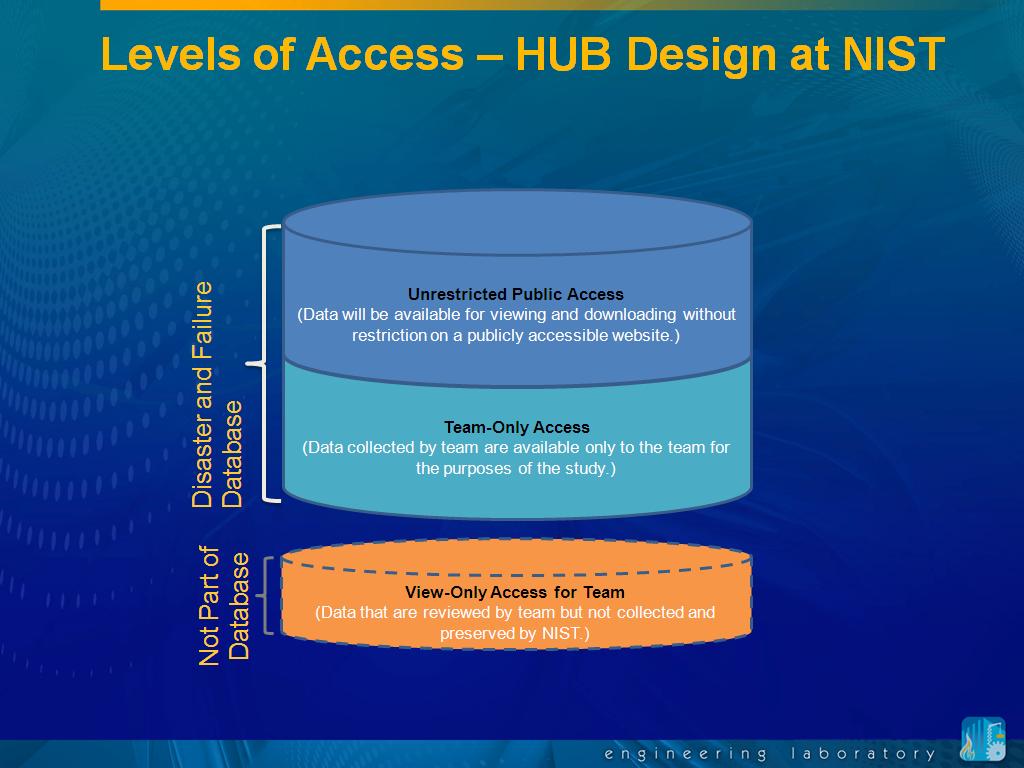 15. Levels of Access – HUB Desig…
836.67000333667
00:00/00:00
15. Levels of Access – HUB Desig…
836.67000333667
00:00/00:00 -
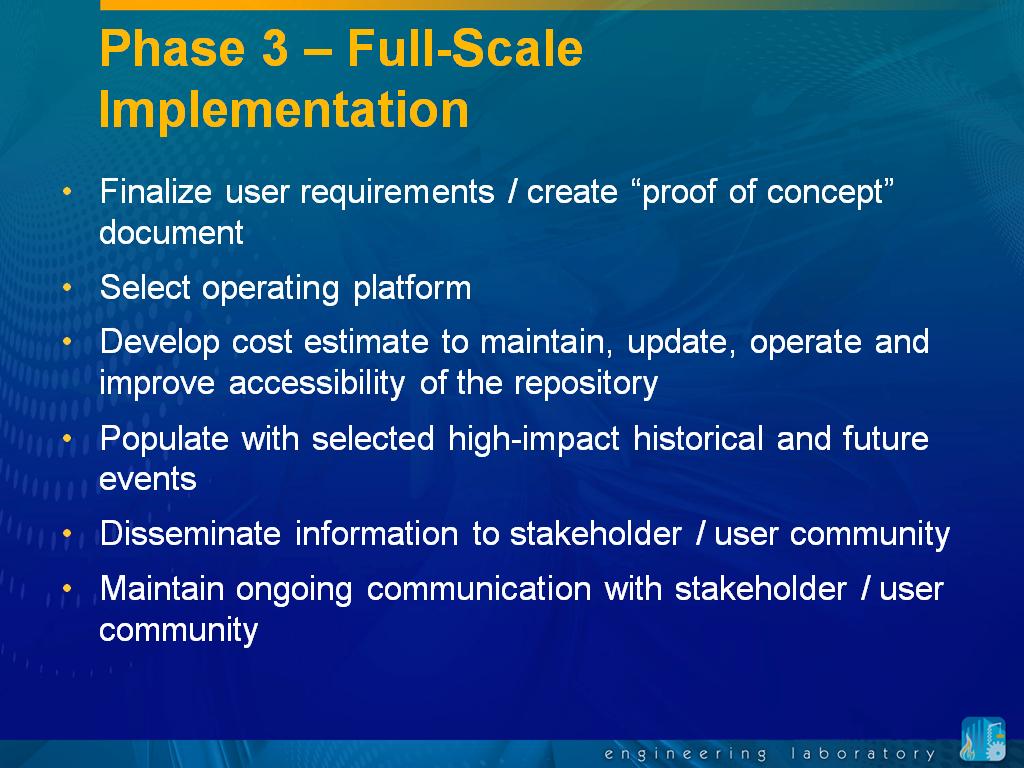 16. Phase 3 – Full-Scale Impleme…
871.13780447113788
00:00/00:00
16. Phase 3 – Full-Scale Impleme…
871.13780447113788
00:00/00:00 -
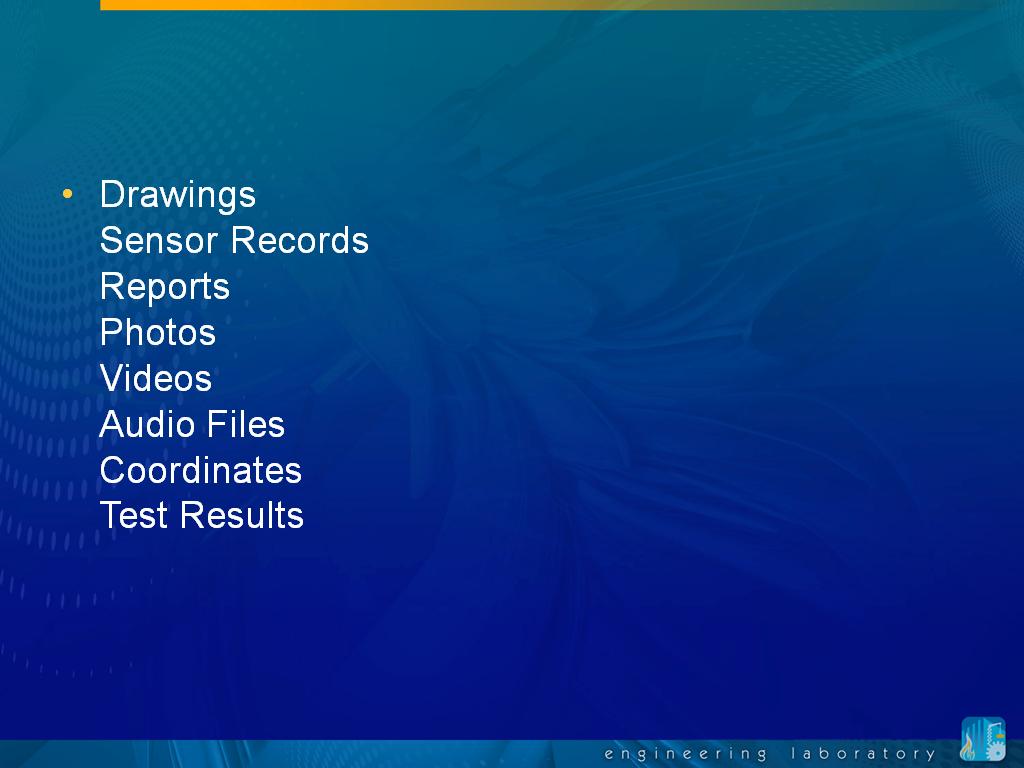 17. The Challenge
958.92559225892558
00:00/00:00
17. The Challenge
958.92559225892558
00:00/00:00 -
 18. When transfer information to s…
1099.5328661995329
00:00/00:00
18. When transfer information to s…
1099.5328661995329
00:00/00:00 -
 19. The Solution is to make a Huge…
1126.5932599265932
00:00/00:00
19. The Solution is to make a Huge…
1126.5932599265932
00:00/00:00 -
 20. When you Explode the Zip File.…
1133.0663997330664
00:00/00:00
20. When you Explode the Zip File.…
1133.0663997330664
00:00/00:00

